About The Southern Bulb Company
To understand our flower bulb company, first let’s cover some basics
- Flower bulbs are treasured because they generally produce bold and spectacular flowers in your garden rarely matched by flowers from seeds or trees.
- Often, flower bulbs are perennials, meaning they bloom, go dormant, and come back the next year in greater numbers with continually increasing blooms.
- In warmer climates, a gardener can have a flower bulb blooming in their garden almost every week of the year!
For some context to this particular flower bulb company, I’ll tell a personal story. WARNING: If you don’t want to read a life story, I completely understand, and feel free to see our selections of flower bulbs at www.southernbulbs.com, but the following is good background as to why the company has a focus on flower bulbs that are easy to grow and come back each year.

My Story
My story with flower bulbs begins as a child in the 1980’s and early 1990’s in California when I planted my first flower bulb. I spent many weekends with my family either mowing the lawn, pulling weeds, or going to the garden center to buy flowers. One fall, one of the garden centers had new colorful displays filled with boxes of flower bulbs. Honestly, they looked like rocks to me, but I convinced my parents to let me buy about a dozen bulbs and put them into a brown paper sack to carry home.

The Red Tulip
I planted bulbs that fall, and the following spring one of those flower bulbs bloomed into a beautiful red tulip! It was a miracle to my young eyes that something could look like a brown “rock” and turn into something so beautiful. The tulip was incredible, and I’ll never forget our front doors being open on a nice spring afternoon with the red tulip in view in our front flower bed. I fell in love with the impact flower bulbs can have in the garden, but… the tulip never bloomed again.

In fact, it eventually died. It died because the tulip was an annual, not a perennial. It was only meant to bloom one year in my climate, but I did not understand that. I had bought a plant for my garden, and I wanted it to come back every year.
You can read all about this little red tulip and the starting of the company in a short fun book called The Bulb Hunter.

Types of Flower Bulbs
For clarification, I categorize flower bulbs into 3 major groups:
- Perennial flower bulbs
- Annual flower bulbs
- Flower bulbs for cut flowers (like a florist would use)

Ann Swan’s “Bulbs in a Line” – colored pencil with giclée reproduction available here.
This is important because this story is about perennial flower bulbs, meaning that they come back and increase each year. However, we love, offer for sale, and plant annual flower bulbs like the red tulip mentioned previously. The informed gardener understands annuals are one-time displays of color, and the bulbs need to be discarded after they bloom. I also enjoy the flower bulbs that give us cut flowers for many of the beautiful arrangements we buy from florists! Those are valuable and appreciated as well! Now, back to the story…
The Southern Bulb Company Begins
The Southern Bulb Company began in 2003 from a college horticulture project. I was a graduating senior in the horticulture program at Texas A&M University, a federally funded land grant school that focuses on agriculture and engineering. One of our horticulture classes by the esteemed professor Dr. Fred Davies required us to write a business plan to start a nursery, with the idea being that we would have some idea of what it would take to start, run, manage, or otherwise make a living as a horticulture major. I chose to write a business plan for a flower bulb company that focused on securing flower bulbs that would return every year, known as perennials, for warm climate gardeners primarily located in the Southeastern United States (i.e. the “South” hence the name The Southern Bulb Company).

Dr. Davies encouraged me to visit with someone who had done something similar with antique roses, Dr. Bill Welch. Dr. Welch had explored perennial roses that grew on old house garden sites, and these were often called antique roses, and he is known for one of his books on the subject that he wrote with Greg Grant called The Rose Rustlers. He mentioned that the same old house garden sites that had antique roses often had heirloom perennial flower bulbs growing on them as well. He intimated, or preached, that those bulbs needed to be fully explored and focused on in the horticulture trade. He introduced me to many gardeners of The Southern Garden History Society who very often owned pastures that had old homesites on them where these flower bulbs had grown for generations. They began to share flower bulbs with me, but perhaps more importantly, they began to share stories about the generations of gardeners that came before them.
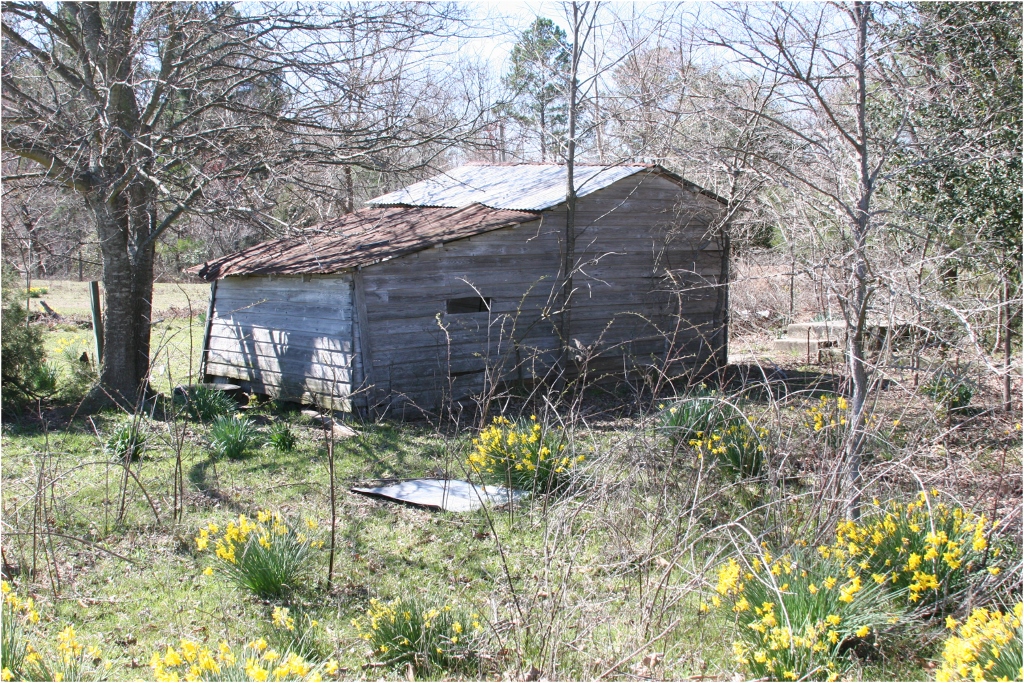
Collecting Bulbs
Sure enough, after months of meeting these members, other master gardeners, and driving down countless country roads, it became apparent that lines of daffodils marked old home sites where gardens and homes used to exist. On many of these sites, the homes had long been torn down and many of the trees were gone, but heirloom daffodils and other flower bulbs still marked these former homesites. Soon it became apparent that there weren’t just daffodils, but also hyacinths, gladioli, snowflakes, amaryllis, crinum, rain lilies, red spider lilies, and more surviving for generations on these sites. There was a bulb blooming every month of the year!

With permission, I began collecting and identifying these bulbs, building on the efforts of many great garden historians, authors, and homeowners…all of whom were very generous with their time, bulbs, and storytelling! Thank you to all of you!
The Farm
With bulbs in hand, I shoved them into a small Honda Civic I had at the time I graduated. I would ferry the bulbs back to my brother’s apartment in Dallas where he was based as a pilot at the time. Soon, I needed more car space, and he let me borrow his blue truck. Then it became obvious that I would need a place to start farming the bulbs. Yes, I was born in Louisiana and lived in Houston, Texas, as a child, but most of my youth was spent in California. I had no idea where I could farm flower bulbs, until I had a chance visit with a lab assistant at Texas A&M. His name was Matt, and he told me that I needed to farm flower bulbs where all the sweet potato farmers were located. They were sure to have the sandy loam soil and natural rain fall I would need, and he said they were in Golden, TX.

So, I drove to Wood County, TX, and went straight to the agriculture agent with AgriLife Extension. He very kindly listened to my story and gave me a list of sweet potato farmer names. He looked at his watch and told me that I could probably find them playing dominoes around this hour at the local small grill known as The Domino Hall at the time. I thanked him, left his office, and called one of the farmers, who happened to be at his barn washing potatoes (and not at The Domino Hall). After some directions over the phone, I pulled up next to an old barn, parked on the grass, and walked in and met the farmer. He politely listened to me, thought for a second, and offered to let me farm some land for free until I was established!

The Little Red Cabin
I drove to the land from there, unloaded the bulbs, and started planting. After that, I went into town and rented an office. I set up a cot in the office and spent the night. The next few months in the late summer and fall of 2004 were a blur. My time consisted of searching for flower bulbs, sleeping on sofas of former classmates in College Station, TX, or sleeping in the office in Mineola, TX. Finally, the farmer asked me where I was staying when I was up in the area. I told him about the office, and it sounded crazy to him, so he offered up a cabin his grandparents had built in the 1950’s located on a small lake they owned. Thus began my life in the red cabin.

This little 500 square foot cabin in the woods near the new farm became a major part of my life. It was headquarters for the flower bulb company for many years, the home to some fun “harvest celebrations”, and eventually the home to my very patient wife!
The Flower Bulb Company Grows
Thus began the Southern Bulb Company, and rows of rows of heirloom daffodils and other flower bulbs began to be planted in the sandy loam soils of East Texas! It was a quiet life, farming bulbs, but filled with travel. I had many friends and helpers along the way, and I still value those friendships. Brad Gaultney, a former member of my Corps of Cadets outfit at Texas A&M, left his job at General Electric to come live in the red cabin with me, farm bulbs, and help the company grow.

In 2008, the New York Times heard about the bulb collection efforts and ran a nice two-page color spread about the company and many of my compatriots at the time. It was an exciting moment, especially since so many people still read physical print newspapers back then! Things were changing fast, as seen by my nicknames along the way (all names given by others, I might add):
1) “Flower” – the name given to me by my Corps of Cadet buddies at Texas A&M University
2) “Bulb Boy”-the name used by many of the people who first met me when I was starting my company, and how I was introduced going from town to town
3) “The Bulb Hunter” – the name which eventually stuck and which was given to me by a New York Times reporter. Also the name of
- My blog which can be found here at www.BulbHunter.com
- Our newsletter – sign up here towards the bottom of the page
- The book I wrote with Dr. Welch – available here
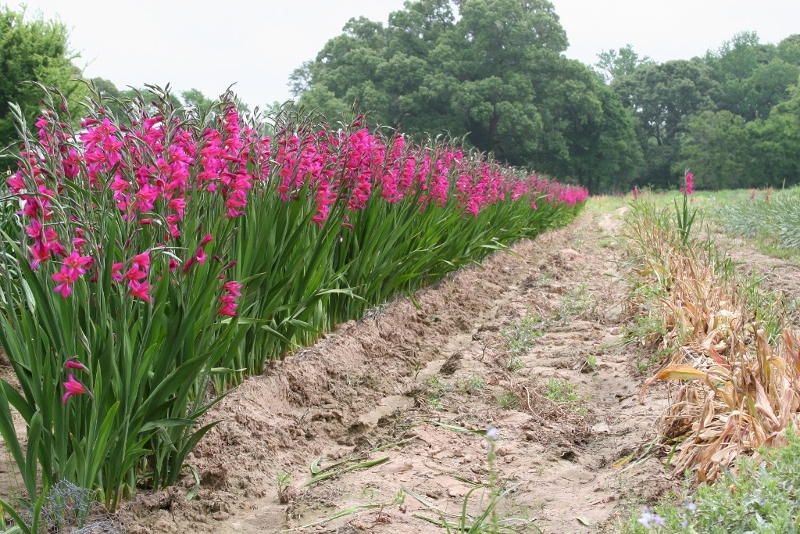
The Red Tulip Answer
Eventually, with the help of many kind gardeners and horticulturists, the desire for a perennial red tulip was answered! We found an heirloom red tulip that is a perennial in Texas and comes back year after year. Dr. Welch calls it the Georgetown tulip; we call it the Texas Tulip, and it is known scientifically as Tulipa praecox. It has been known for a while, but what I believe was not known is how well it spreads and comes back each year on some of the most abandoned old house garden sites across the state. We love our Texas tulips!

Growing perennial Texas tulips has been more of a challenge. We painstakingly dug thousands out of black clay and grew them into nice large bulbs, only to have our pocket gophers eat every single one of them one year. I considered folding the company and moving to a Caribbean island the day I discovered this, but life went on. We now grow them in limited numbers at different clay soil sites to help keep them safe and grow their numbers. They are expensive, but they are for sale about once a year for about 3 weeks.
The Business Matures
The company eventually matured into a mixture of farming on over 20 acres of land in East Texas, working with other growers locally and internationally, and brokering some products. We grow crinums, rain lilies, spider lilies, schoolhouse lilies, and more. It seems like it is all we can do to keep up with instant shipping demands, customer service expectations, and growing quality bulbs. It is a fun challenge every day!
The Family Grows
Brad eventually married and moved to Dallas, and I still rely upon him for advice!
I no longer live in the beloved red cabin myself, but with my family in an older 1940’s home in a nearby town that I love landscaping with as many bulbs as I can squeeze in.
We have a great warehouse and farm staff, and when you call 888-Bulb-Hunt (thank you Brad for a creative name/number) which is 888-285-2486 or email us at info@SouthernBulbs.com, you are likely to get a happy voice on the other end of the line.
Conclusion
Hopefully this story helps explain a little bit about the company, the bulbs we grow, the bulbs we sell from others, and why we love flower bulbs. Reading about somebody else’s life can be a painful read (it’s not like we cured a major disease or led a nation through war), but I do know many gardeners can relate with this story and their love of flower bulbs.
Below are some of the categories of bulbs we grow and offer as often as we can. We hope you enjoy!
The Bulbs
We are working all the time to expand out bulbs, offer old bulbs in greater quantities, offer new selections, etc. Below are some of our most popular varieties.
1) Daffodils and Narcissus
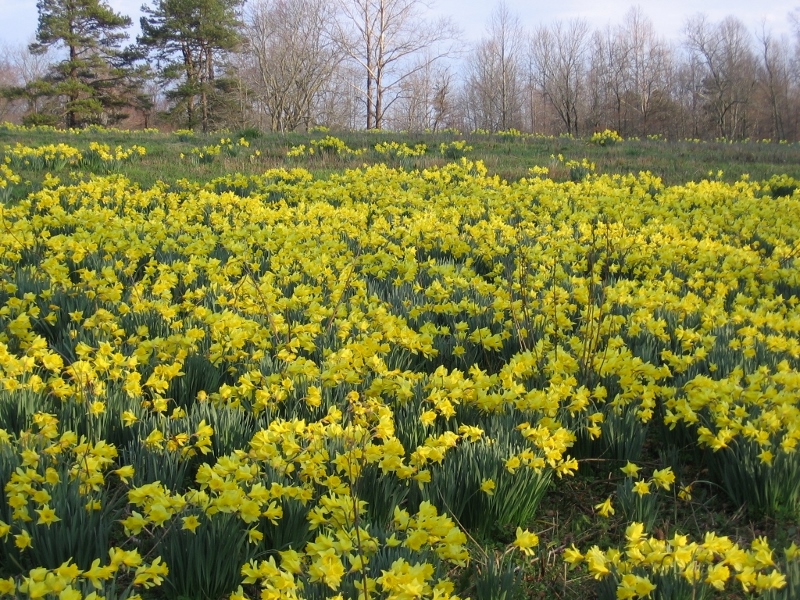
2) Spider Lilies and Surprise Lilies

3) Snowflakes
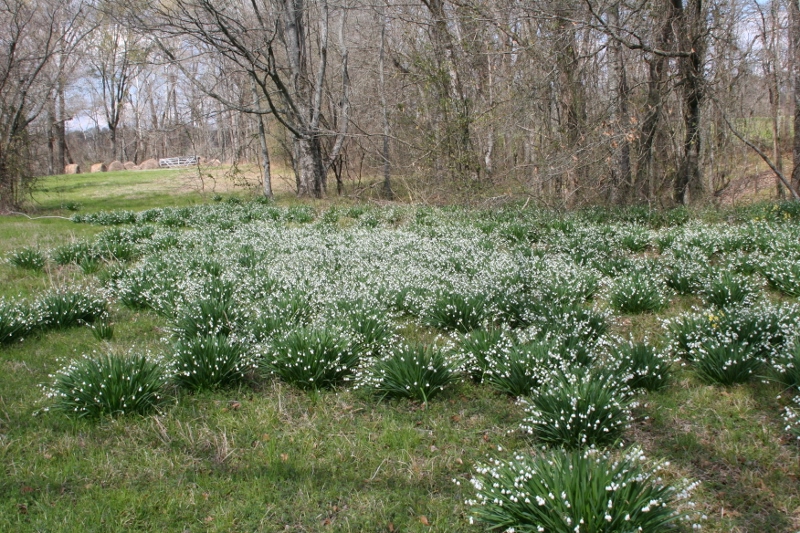
4) Crinum

5) Rain lilies

6) Other perennial flower bulbs
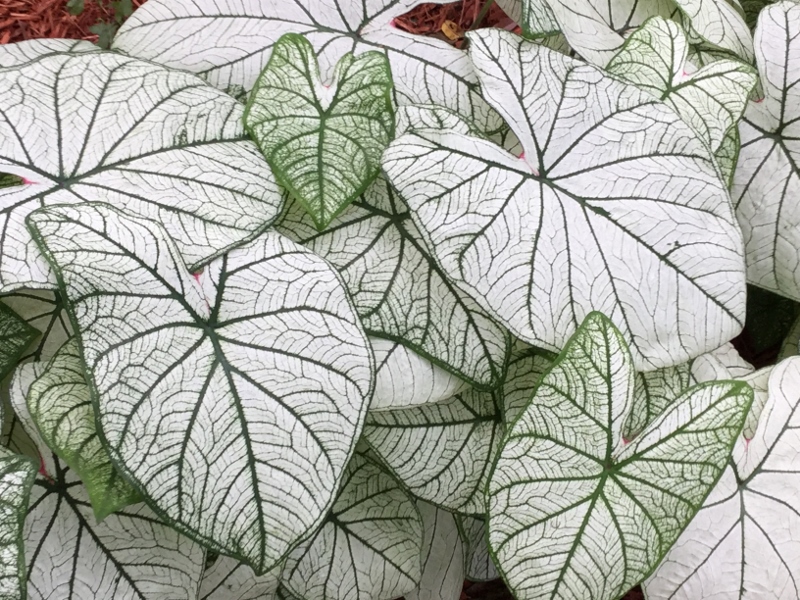
You can see our latest offerings on our “Buy Now” page here.
